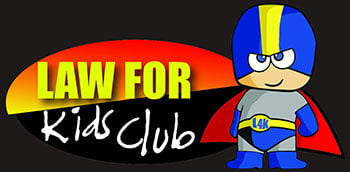Copyright gives the creators of original literary, dramatic, musical, and artistic “works” (whether they are published or unpublished) the exclusive legal right to control if and how other people copy, adapt, distribute, display, and broadcast those works.
Works covered by copyright include, among many other things, comic books, novels, poems, plays, choreography, musical compositions, paintings, photographs, architecture, software, databases, technical plans, and maps.
COPYRIGHT IS AUTOMATIC BY LAW
The creator of an original work does not need to apply for copyright protection or to register the work with the federal government. Also, copyright itself, like all intellectual property rights, may be sold to another person, so the “copyright holder” is not always the work’s creator. As a general rule, anyone who copies, adapts, distributes, displays, or broadcasts the work without the permission of the copyright holder commits “copyright infringement” – which in some situations is also called “piracy.” (There are several exceptions, including a “fair use doctrine” that creates allowances for criticism, parody, commentary, scholarship, news reporting, and search engines.)
COPYRIGHT DOES NOT LAST FOREVER
In the United States, it generally protects the original work for the lifetime of the work’s creator plus 70 years. (What this means is that anyone who wishes to copy, adapt, distribute, display, or broadcast The Adventures of Tom Sawyer may do so, because its author, Samuel Langhorne Clemens – better known by his pen name, Mark Twain – has been dead for more than a century.)

